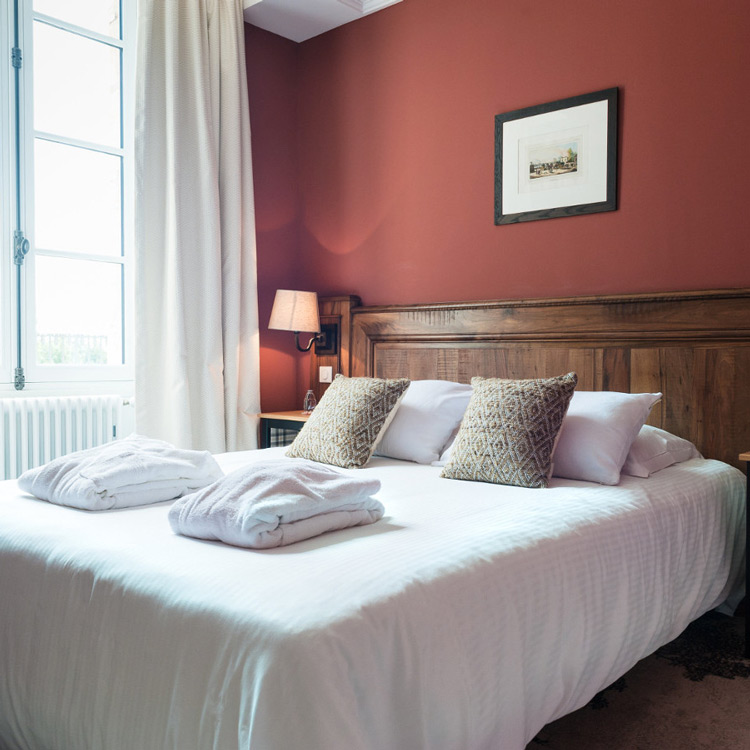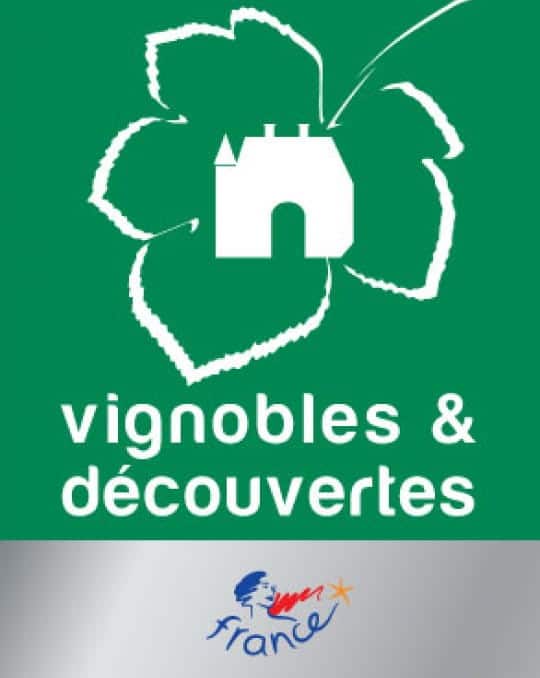The story
The Château de Saulon is a classic 17th century building, which was completely renovated in the 19th century. In 2018 and 2019, in collaboration with the interior design agency Rinck, the family home is being redesigned to create an elegant and warm hotel. The architectural and decorative concept is a tribute to Burgundy and its territory. The development of the various spaces, the creation of the Orangery, the maintenance of the woods, the reorganisation of the gardens and the choice of plantations, are all achievements that contribute to restoring the Château de Saulon's reputation.
The Castle of Saulon-la-Rue
Built around 1460, the Château de Saulon bears witness to six centuries of history. The lord of Saulon-la-Rue, a king's lawyer, had it built to better watch over his domain.
Dependencies
As early as 1643, under Louis XIII, the castle already included its current buildings: two stables, a chapel, an oven room and a greenhouse with a dovecote.
The Clermont-Perrigny legacy
The illustrious Clermont family, of chivalrous origin, inherited the Château de Saulon in the 18th century. Inheriting also the county of Perrigny, this branch became the Clermont-Perrigny family. During the French Revolution, the property was sold to the neighbouring burghers.
The sacking of the Revolution
During the French Revolution, the property was sold to the neighbouring burghers.
The return of the Monarchy
The ultimate renovation
The estate was sold several times, for more than two centuries, until it was bought by Thierry Goux in 2018. It is now undergoing a new restoration.
The castle today
In its current form, the estate covers 27 hectares. It has 42 rooms, divided between the château and its outbuildings. Each of them offers an unobstructed view of the surroundings: the swimming pool or the park for the castle, the river or the wood for the longère, and the French-style vegetable gardens for the pavilion. The current estate also has several water features, in particular the remains of the former moat of the first castle, 2 rivers that cross it, and a pond at the end of the park.
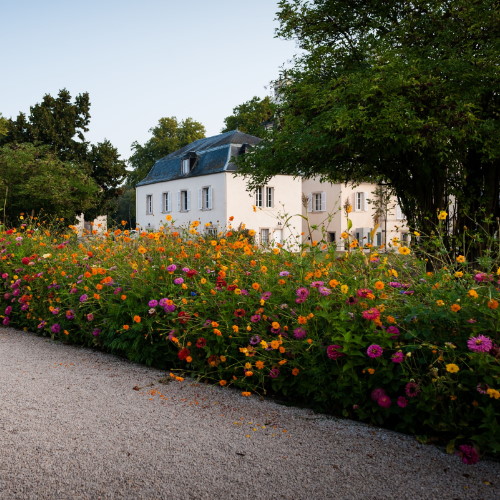
The Pavilion
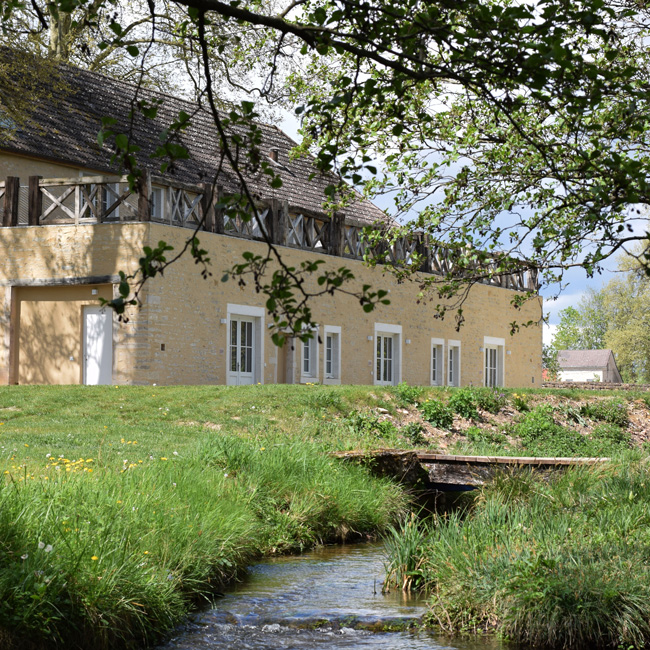
La Longère
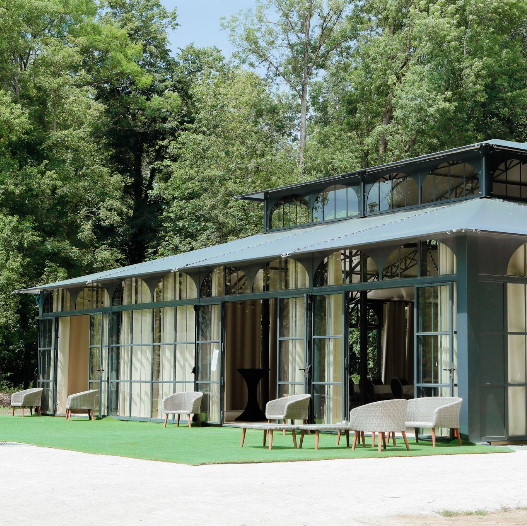
The Orangery
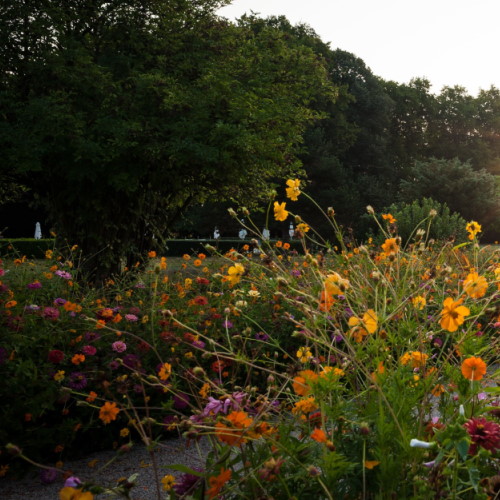
The flower trail

The fountains

The vegetable garden
Video credit: Margaux BACHELIER
Find out more about our activities.
Find out more about our activities.
